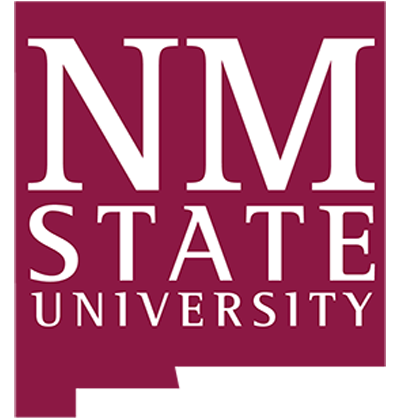1. Course number and name
CHME 594. Professional Communication in Chemical Engineering
2. Credits and contact hours
2 credit hours = 30 contact hours per semester
3. Instructor’s or course coordinator’s name
4. Text book, title, author, and year
How to Win Friends and Influence People, 1998, Carnegie, Dale, Simon and Schuster.
ISBN: 9780671027032
The Engineering Communication Manual, 2015, House, Richard, Oxford University Press.
ISBN: 9780199339105
a. other supplemental materials
none
5. Specific course information
a. catalog description: Connections between interpersonal relationships and the effective communication of information. Strategies for formal and informal written and verbal communication in the context of presentations, interviews, reports and publications. Factors affecting non-verbal communication. Special focus will be given to understanding and adapting to the audience’s perspective. Open to chemical
engineering graduate students or by permission of instructor. This class will prepare you to communicate technical information effectively within a variety of contexts and to a variety of audiences. Class assignments will be partially based on current student needs such as preparing presentations for professional conferences, giving research progress reports, and writing research manuscripts.
b. prerequisites: CHME graduate student standing co-requisites: none
c. required, elective, or selected elective (as per Table 5-1): required
6. Specific goals for the course
a. The student will be able to…
- describe why and how interpersonal relationships affect communication of information, even within technical contexts;
- describe and implement methods for improving interpersonal relationships;
- introduce themselves to others;
- implement strategies for dealing with conflicts;
- assess the rhetorical situation for a given communication;
- display evidence and reasoning as well as convey credibility;
- understand different stakeholder audiences, and how to communicate with them differently;
- analyze the consequences of actions and ethical principles;
- design documents for users, including dividing content into manageable units;
- write a manuscript for the research community, including appropriate citations;
- manage time to allow for revisions and peer evaluation;
- provide useful feedback to peers during the revision process;
- find, understand and follow directions for manuscript and proposal preparation;
- locate relevant peer-reviewed journal articles using library and web resources;
- choose precise, accurate and concise language, and eliminate jargon;
- prepare effective graphs, illustrations, tables and equations; and
- prepare, rehearse and deliver a research presentation.
b. Criterion 3 Student Outcomes specifically addressed by this course are found in a mapping of outcomes against all CHME courses in the curriculum.
7. Brief list of topics to be covered
Common Syllabus Addendum
The NMSU Department of Chemical Engineering maintains a syllabus addendum containing course requirements common to all courses with the CH E prefix online. This document is accessible from the URL: http://chme.nmsu.edu/academics/syllabi/chme-common-syllabus-addendum/


